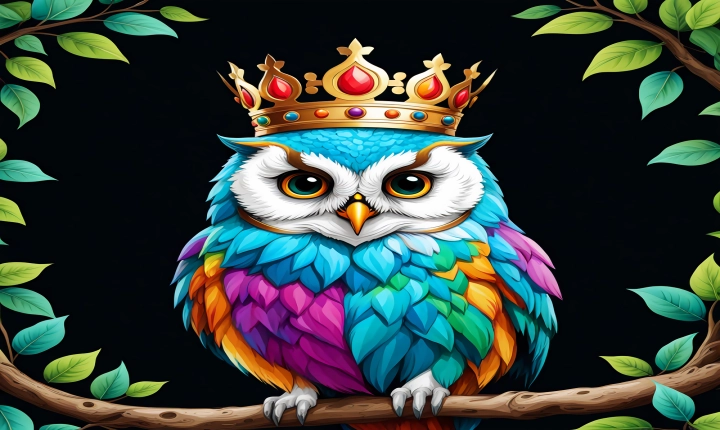Title: How to Add Transparency to an AI-Generated Image
Artificial Intelligence (AI) has revolutionized image generation and manipulation, allowing for the creation of realistic and high-quality images. However, one common issue that arises when working with AI-generated images is the lack of transparency. Adding transparency to these images can be crucial for creating overlays, compositing, and integrating them seamlessly into different backgrounds. Fortunately, there are several methods to achieve this, ranging from manual editing to leveraging AI-based solutions.
Manual Editing with Image Editing Software
One of the most straightforward ways to add transparency to an AI-generated image is by manually editing it using image editing software such as Adobe Photoshop, GIMP, or Affinity Photo. These programs provide tools for selecting and removing backgrounds, as well as for adjusting the image’s transparency levels.
To start, open the AI-generated image in your preferred image editing software. Next, use the selection tools to carefully outline the areas you want to make transparent. This may involve using the magic wand tool for simple backgrounds or the pen tool for more complex shapes. Once the selection is made, you can delete or mask the selected area to create transparency.
Keep in mind that manual editing can be time-consuming, especially for complex images with intricate details. Additionally, it may not always yield perfect results, particularly if the image has fuzzy edges or intricate patterns.
Using AI-Based Background Removal Tools
For those who prefer a more automated approach, AI-based background removal tools offer a convenient solution. These tools utilize machine learning algorithms to identify and remove the background from images, resulting in clean and accurate transparency.
Platforms such as remove.bg, Adobe Photoshop’s Select Subject feature, and AI-powered image editing apps like Canva and PicsArt offer easy-to-use background removal tools. Users simply upload the AI-generated image, and the AI algorithm automatically detects and removes the background, leaving the subject with transparent areas.
These AI-based tools are particularly effective for images with solid, well-defined subjects against a contrasting background. However, they may struggle with more complex scenes, transparent elements within the image, or intricate details near the edges.
Leveraging Advanced AI Algorithms for Transparency
As AI continues to advance, so do the capabilities for adding transparency to AI-generated images. Advanced AI algorithms, such as neural networks specifically trained for image manipulation, can provide more sophisticated and versatile solutions for adding transparency to images.
Platforms like DeepAI and Runway ML offer AI models that can be trained to perform tasks like image segmentation, which involves identifying and separating different elements within an image. By using these models, users can effectively isolate the subject from the background, creating transparent areas with precision and accuracy.
Furthermore, some AI models are designed to handle transparency preservation when manipulating images. Through advanced techniques like generative adversarial networks (GANs) and semantic image inpainting, these models can intelligently fill in the transparent regions of an image while preserving details and textures for a natural-looking result.
In conclusion, adding transparency to AI-generated images can be achieved through a variety of methods, each with its own benefits and limitations. Manual editing with image editing software provides precise control but can be time-consuming. AI-based background removal tools offer automated solutions but may not always deliver perfect results. Lastly, leveraging advanced AI algorithms can provide more sophisticated and versatile approaches for adding transparency with precision.
As AI technologies continue to advance, the process of adding transparency to AI-generated images is likely to become more efficient and seamless, offering new possibilities for creative expression and design. By understanding and utilizing these methods, individuals can enhance the utility and versatility of AI-generated images in various applications, from graphic design to digital art and beyond.
